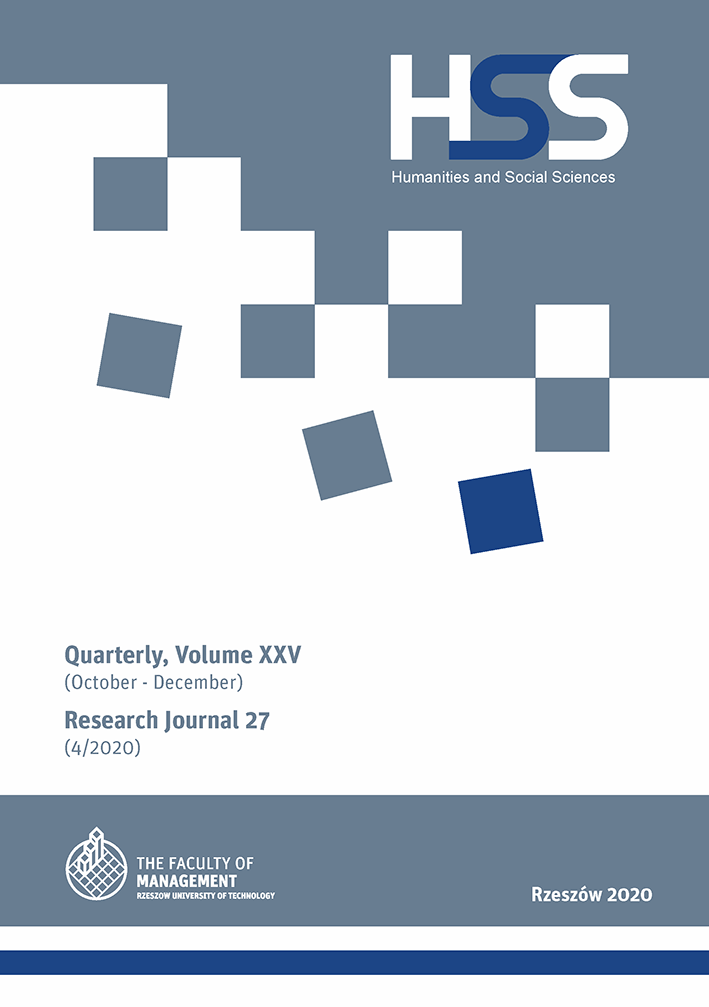Abstract
The Police Service has a series of rules that govern its behavior towards football fans, with concern, tolerance, and suppressing violence being key overarching principles. A main priority during events should be to inform fans of which routes they should travel to guarantee safety, creating assurance of tolerance from both police and members of the public. This article examines the “Law on the safety of Mass Events” which was brought into force with the support of numerous stakeholders. While the Act arguably introduced the correct regulations, the issue of aggression on match days has not been entirely eliminated.
References
Chlebowicz, P. (2009). Stadium hooliganism. Criminological study. Warsaw: Wolters Kulwer Polska.
Dudała, J. (2004). Fans-Hooligans. A thing about Polish fans. Warsaw: Academic Publishing House “Żak”.
Janus, T. (2014). The phenomenon of aggression in sports spectacles. Characteristics and evaluation. Warsaw.
Jurczewski, M. (2013). Legal forensic issues of stadium crime. Białystok.
Kotulski, M., (2000). Local government in the face of ensuring public order and safety [In:]
Bednarek, W., Pikulski, S., ed., Legal and administrative aspects of the safety of persons and public order in the period of political and economic transformation, Olsztyn.
Koziej, S. (2011). Security: the essence, basic categories and historical evolution. “Political and strategic aspects of security”, II – 2011/18.
Lipski, S. (2012) Risk and risk management of mass events hazards [In:] Ura, E., Pieprzny, S., ed., Security of mass events. Rzeszów: RS DRUK.
Le Bon, G. (1997). Psychology of crowd. Warsaw.
Milcarz, T. (2006). Knights in scarves. The subculture of football hooligans in the light of Reich Fromm’s concept. Szczecin.
Morgała, D. (2012). Definition and scope of the term stadium hooliganism. “Prosecution and Office”, No. 7/8.
Safety of the public at football facilities 95
Radwaniak, K. (2011). From the issues of characterization and combating hooliganism and stadium crime, taking into account the use of the white intelligence method, “Security. Theory and Practice” 2011 no. 3 (IV).
Struniawski, J. (2014). Command during police operations in the field of mass events and public gatherings. Szczytno.
Wysocka, E, Łazaj, A, Hausman, M. (2010). The use of databases and other sources in the process of criminal analysis to combat the crime of hooligans [In:] Pływaczewski, W., Kudrelek, J., ed., Stadium crime. Aetiology, phenomenology, counteracting the phenomenon, Szczytno.
https://obronca24h.pl/przestepczosc-stadionowa/
kpk.policja.gov.pl ›
LEGAL ACTS
Constitution of the Republic of Poland of April 2, 1997 (Journal of Laws of 1997, no. 78, item 483, as amended).
The Act of March 20, 2009 on the safety of mass events (Journal of Laws of 2015, item 2139).
The Act of June 6, 1997 Penal Code (Journal of Laws 2018.0.1600, i.e.) art. 115 § 21.
Act of August 22, 1997 on the protection of persons and property (Journal of Laws of 2014, item 1099 – uniform text).
Police Headquarters, Procedures of Police conduct during securing mass events, assemblies, demonstrations and other mass events. Warsaw 2000.
Police Headquarters Chief Police Staff, Report. Security of mass events in 2019. Warsaw 2020.


